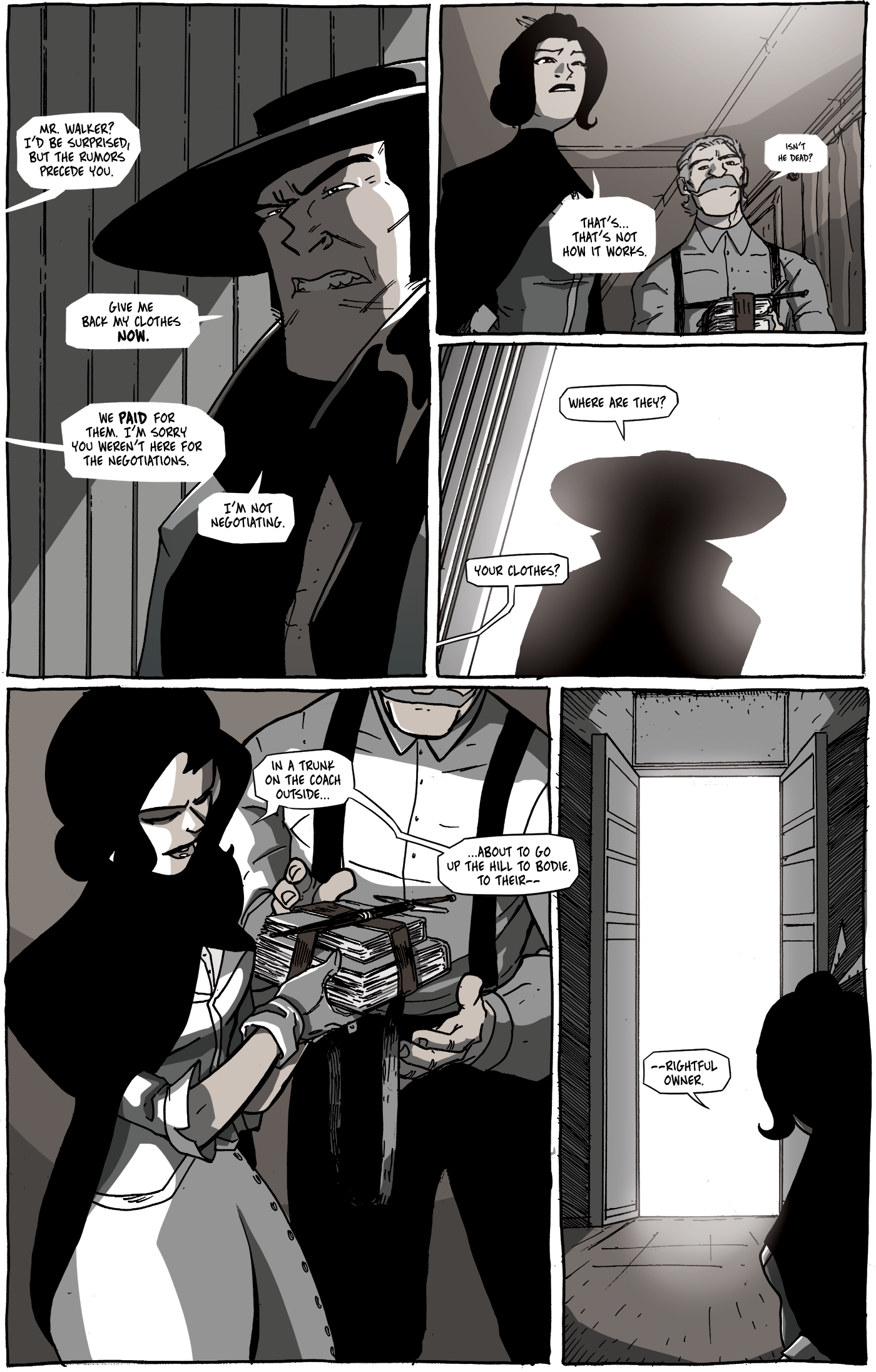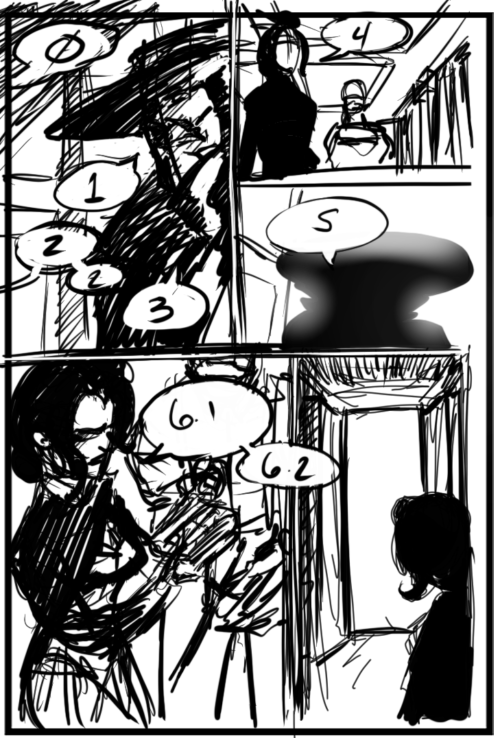Negotiation Tactics
This chapter was the first real time I had an issue with beginnings. For me––and for most people, honestly––beginnings are the best part, the easiest part. Beginnings are where inspiration drives us, pouring the idea we see in our head out and seeing it congeal and take true form. Most creatives have closets full of beginnings. In many cases, that’s where it ends. The tank runs dry and we’re left lamenting the absence of inspiration, instantly nostalgic for that brief moment where all tethers seemed to be whipping in the wind, cracking at the sky.
However, I was at a loss for a way start of Chapter 5.
Like all creative issues, it was my fault. The English major in me made Chapter 4 this weird little character-based interstitial that stands alone in the middle of this story of revenge, identity, and reckoning. I had Geoff show back up and ride with Long John as they made their way to Bridgeport. For a moment, the Chapter actually started with the next scene (to be seen in a few pages). The ideas manifested regularly, but nothing stuck.
In those scenarios, I take a page from Raymond Carver’s method of fiction writing. Raymond Carver was a prolific and impactful short story writer who made a career in my neck of the woods, actually (accidental plug). His stories are very short but (for me, at least) pack an incredible amount of character that, at times, leaves me breathless. It’s one of those cases where every word seems to be perfect because there’s no wasted space––there can’t be, the stories are too short.
That kind of art can be dangerous because, for the uninitiated (and the eager and the impatient), the work seems so fully formed that it had to have been crafted that way from the start. I heard what may be an apocryphal story about Carver’s writing process (I can’t find any evidence of this), that for some stories he wrote long first drafts. This makes sense because one often doesn’t know the shape of a story until the entire thing is told. Once he had that written, he would go to the middle of the document and just cut out everything that came before it, arguing that’s when a story really starts happening––the rest is context. From there, he’d revise and then do the same thing again and again until it was whittled down to the artful core, the essential essence of what the story is with all the fat cut away.
True or not, the idea hit me hard and it’s a tool I come back to when I hit walls like the one I hit for this chapter. I realized I was having an internal tug of war between story, character, and continuity. Part of me wanted to have a strong tether stretching back to Chapter 4. I realized that such a desire stemmed from a distrust of the reader, as if they wouldn’t understand that, you know, Chapter 5 comes after Chapter 4. Another part of me to have fun with the structure of a chapter and start with something unique––a profound character moment that doesn’t really apply to the larger plot. I recognized that was indulgent, especially after Chapter 4.
I landed on the idea of just cutting to the quick. Let’s get in here and start throwing hands (or accusations). With that stewing, I like the aggressive effect it creates to the point that, in revisions, I let that emanate to the other characters, with The Rook’s reply in panel 2 of this page being the most direct response to this decision.
Cutting things down to their essential need not only helped get me over this hump, but it also gave Chapter 5 its unique opening salvo, creating a tone (and a beginning) that was wholly unique, setting it apart from the others despite being the next step forward for the story.



Discussion ¬